Perseid Meteor stream 11-12 august 2016. Plums from 1862.
Shower VS Stream.
Let's start with a little educational insight into the concept of a meteor stream. The first thing to understand about meteor stream is the fact that it is not a meteor shower. These are two different phenomena. Meteor shower "going through" the atmosphere of the planet, and a meteor storm — no, meteors burn up in the atmosphere.
The second thing you need to know specifically about the Perseids is that this meteor stream is formed by a plume of dust particles of the comet 109P/Swift-Tuttle (named after the discoverers, 26 kilometers in diameter). It is approaching us once in 135 years (the last time was in 1993, when recorded from 200 to 500 meteors per hour), but the remnants of its tail passes through our atmosphere annually. This happens due to the heating of small particles of ice and dust — they are moving us from the center of the Solar system under the influence of the solar wind.
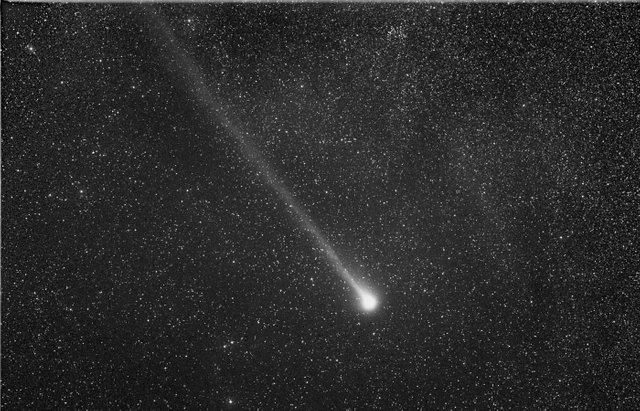
109P/Swift-Tuttle comet
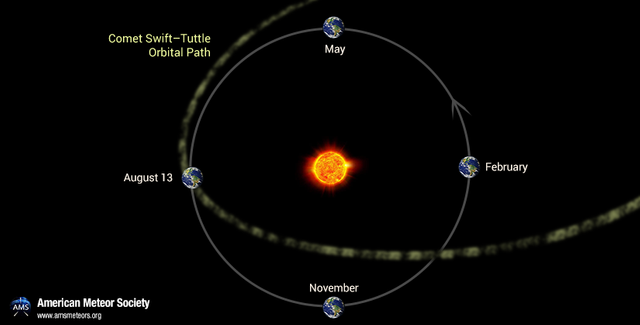
how comet moves every year
Every year our planet was attacked by countless particles of the nucleus of the comet swift-Tuttle, with the result that we are seeing hundreds of celestial lights. Largely, thanks to the Perseids (and this is the biggest regular meteor stream), we see all these crazy people who roam the fields in the hope of finding a crashed space ship. The spectacle is really big. The particles penetrate the planet's atmosphere at a speed greater than the source of the article 150 000 km/hour, and they move along different trajectories. Can appear in the form of straight lines, broken lines, chain lines, and even in the form of fireballs. Not surprisingly, before such a celestial riot explained from the position of the divine nature. In medieval Europe, the Perseids were called the Tears of St. Lawrence.
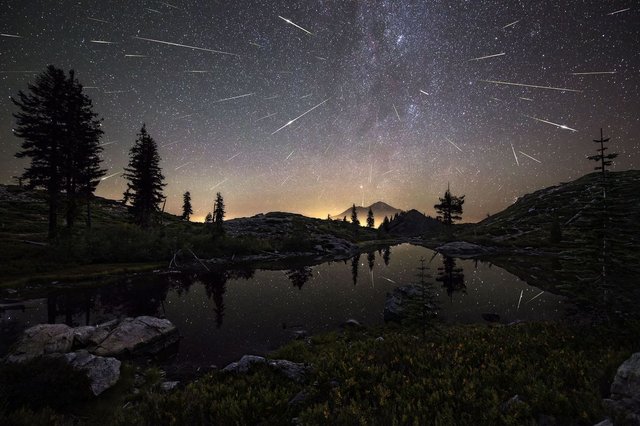
The Perseids. Mount Shasta. California 2015
Photographer: BRAD GOLDPAINT
What to expect in 2016?
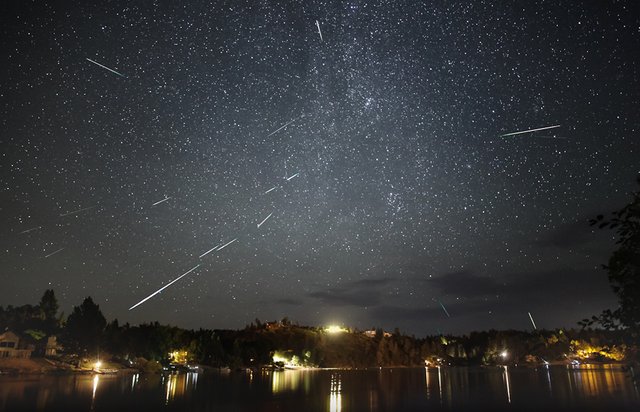
The Perseids 2015
If to speak about average values of the frequency, the August 2016 will generate 1.5 times more meteors from comet swift-Tuttle is about 150 pieces per hour, instead of the usual hundreds. If you associate this figure with the abundance of fireballs (meteors of comparable brightness to Venus) which often accompany the Perseids, the look is great just the thing for a romantic trip with girl, for nother philosophical or travel alone. One more fact that three of the maximum, will be broadcast in our atmosphere plumes that was formed in 1079, 1479 and 1862. Can you imagine that? Are you going to watch the meteors, who were peers of Henry IV, the unification of Spain, the Civil war in the United States?!

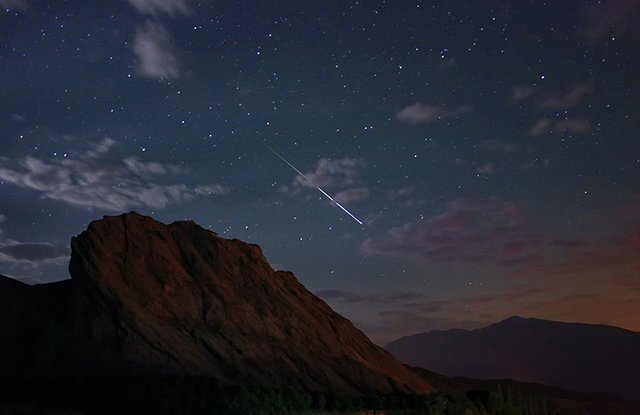
The best night for viewing the Perseids will the morning of August 12th. You can view it from the Northern hemisphere, even without telescope.
This is a really great post, add the #astronomy tag. Nice, well laid out, well thought out and informative. Deserves greater attention. You should however add citations for all of your images.
Thank you)
And thanks for advice about images, i'll)
very nice
Thanks for @hdphotography for this link
http://photographingspace.com/beginner-meteor-photography/
Unfortunately, the weather is not supporting us today (am living in the central region of France). It is really cloudy for a few days. I was hoping to show them to my son this year, but I may need to wait for an extra year... :(
Unfortunately, astronomers say that next year it will be almost invisible :-(
Nice post. Can this be seen from the southern hemisphere
No:(
+1